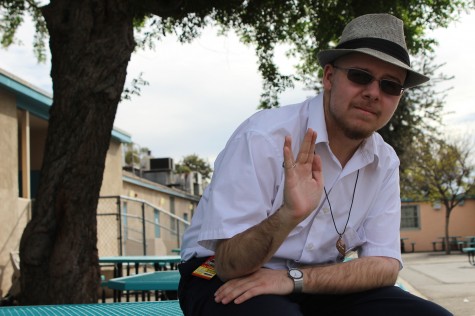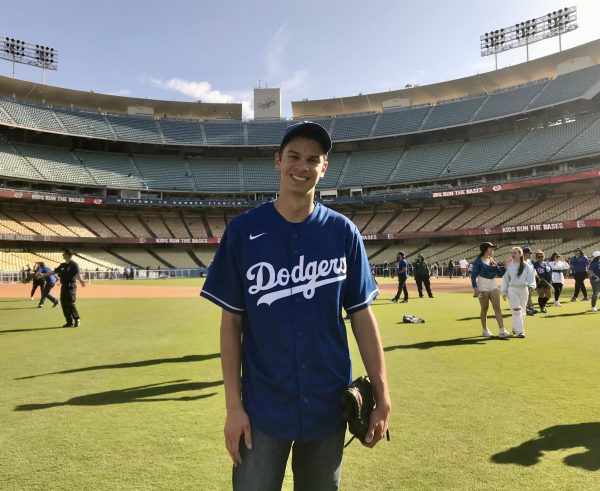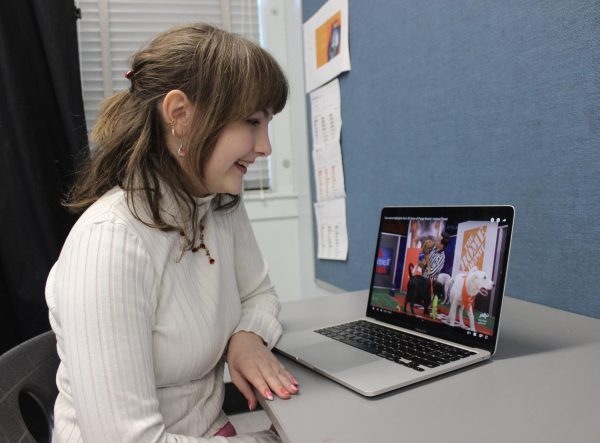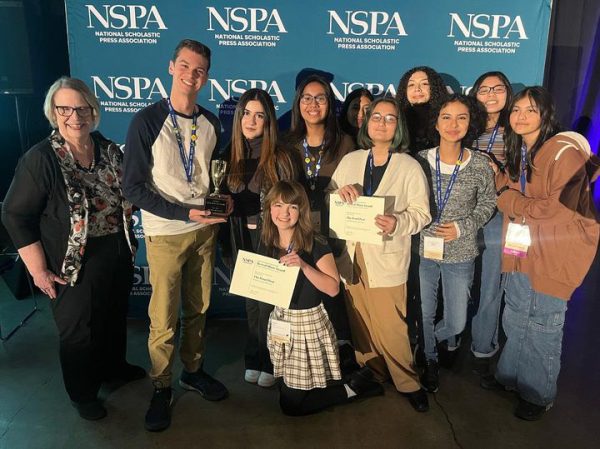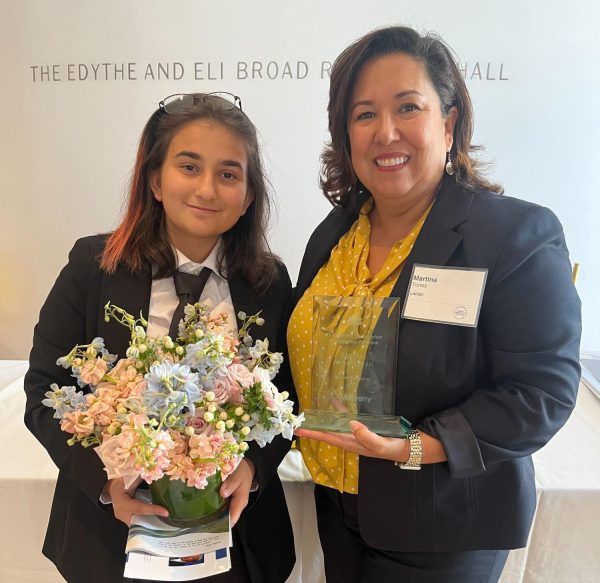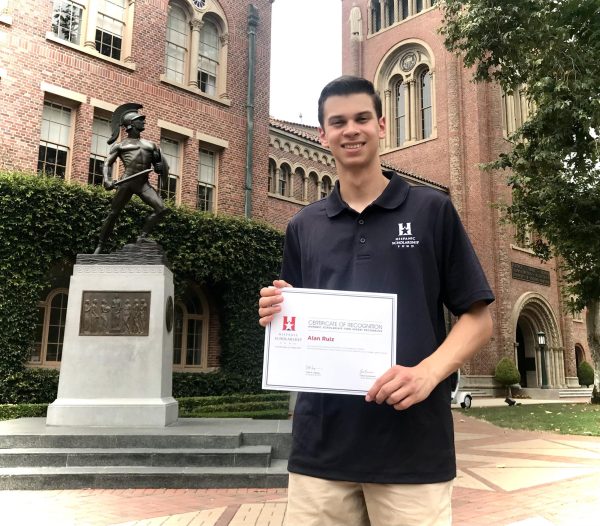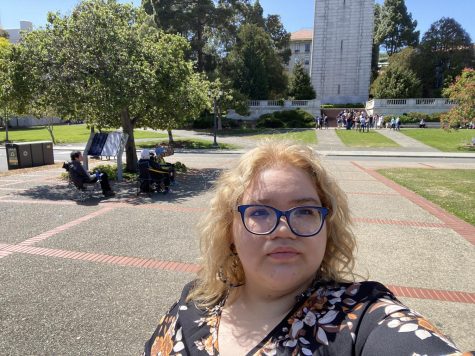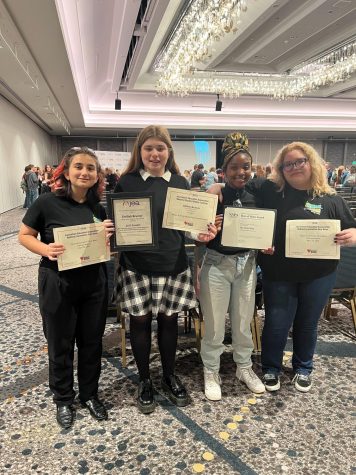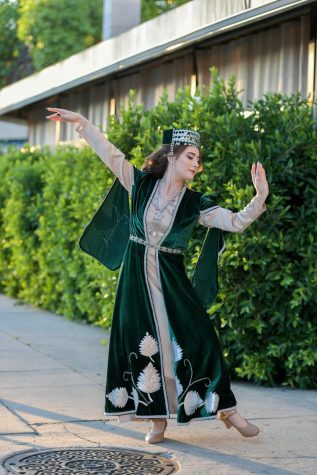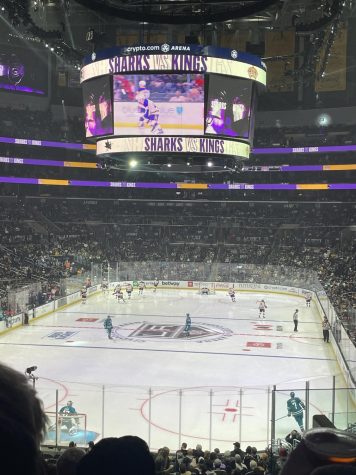Why comic book television shows are guideposts for industry equality
March 10, 2015
Some critics will say that the entertainment industry doesn’t have enough women or people of color. However, I think that there is at least some degree of equality in the media, but it’s hiding in a place few would look: comic book TV shows.
Shows like “Agent Carter” and The CW’s “Arrow” and Fox’s “Sleepy Hollow” are all examples of shows with strong female characters (“Carter” and “Arrow”) or racially diverse casts (“Sleepy Hollow”).
“Carter” has been lauded many times as being a wonderful feminist work and Peggy Carter, the woman for whom the show is named, has been made a new feminist icon. But the show’s creators never intended for it to be that.
“It’s just sort of, well, what would a spy have that you want to hide its true purpose? What would a woman have in her purse? She’d have a tube of lipstick,” Michele Fazekas, the one of the show’s showrunners, said in an interview with Buzzfeed Entertainment, describing a scene in which Peggy hides a covert ops tool from onlookers.
The tube of lipstick is just one instance of the realism that lets the characters act like real people and that fosters a mindset of equality.
Though Marvel has its feminist icon, it’s not the only one. DC Comics has its own fleshed out female character: Felicity Smoak from “Arrow.”
No one would have suspected that the timid and utterly adorkable IT girl would have become such an integral part of Team Arrow (those who help Queen on his quest to save his city), but she did. She has come so far over the past three seasons, evolved so much, just as– all together now– a real person would.
Felicity is still utterly adorkable, but she also is a major player with significant relationships with the rest of Team Arrow, not the least of which is Oliver. Though she has a mild crush on Oliver, she is never reduced to the “unrequited pining”stereotype; her romantic interest in him isn’t her dominant personality trait.
“I think (Felicity)’s rooting for ( an Oliver/Felicity relationship), but at the same time, she’s not going to pine…. As much as she loves him and adores him… As a friend, she might be benefitting him more.,” Emily Bett Rickards, the actress behind Felicity, said in an interview with Collider. “ In the end, it’s about following your own heart. Sometimes that’s hard to listen to.”
As well as these realistic female characters, many comic book shows also help to showcase and push forward racial diversity and “Sleepy Hollow” is perhaps the best example of that.
Out of its six or so principal cast members, half are black and two are female leads for the show. The show exceeds in not only showing that yes, there are black people in this world, but also that characters of color don’t need to be relegated to “token” parts.
“It was a conscious effort to have a diverse cast just to represent our world. I don’t think it’s realistic for the whole cast to be white,” Heather Kadin, an executive producer for the show, said in an interview with Buzzfeed Entertainment.
These characters are real and major, with story arcs that are powerful and feel natural. None of these characters are defined by their ethnicity; none of their arcs are centered on the color of their skin. And when you think about it, isn’t that the way television should be?
People say that the industry is whitewashed, that there’s no diversity. I say that there definitely is diversity– you just have to know where to look.
This article was originally published in the LA Times’ High School Insider program.


